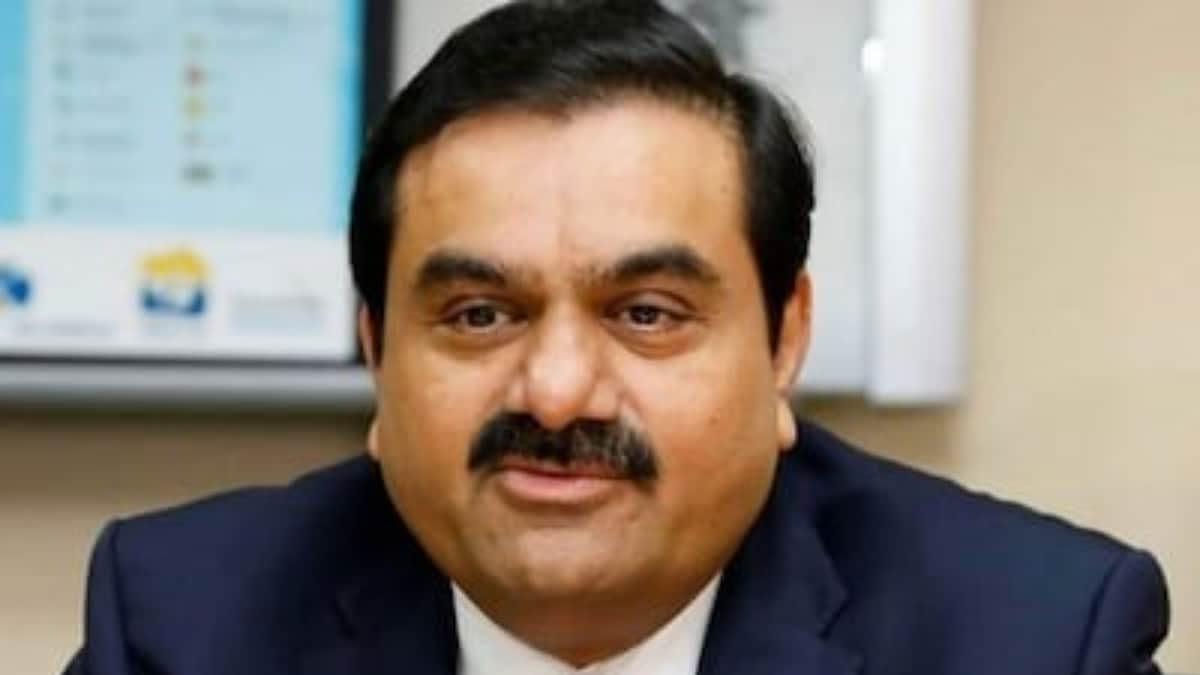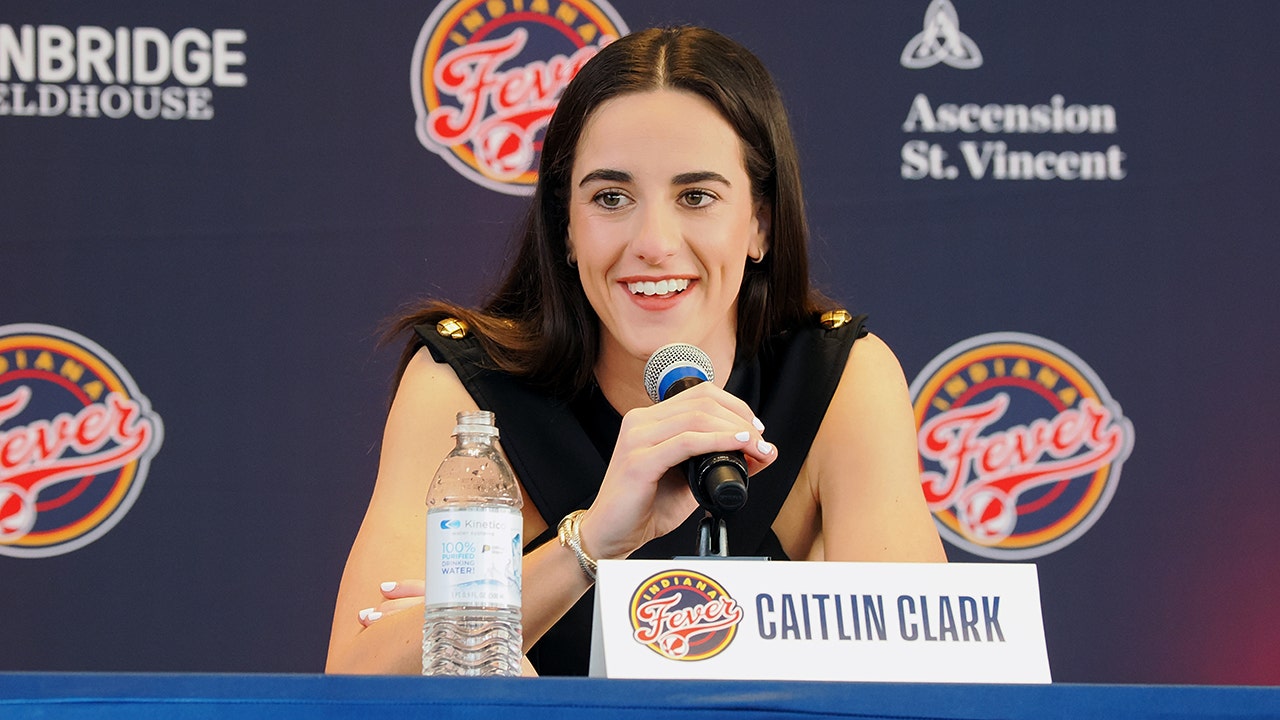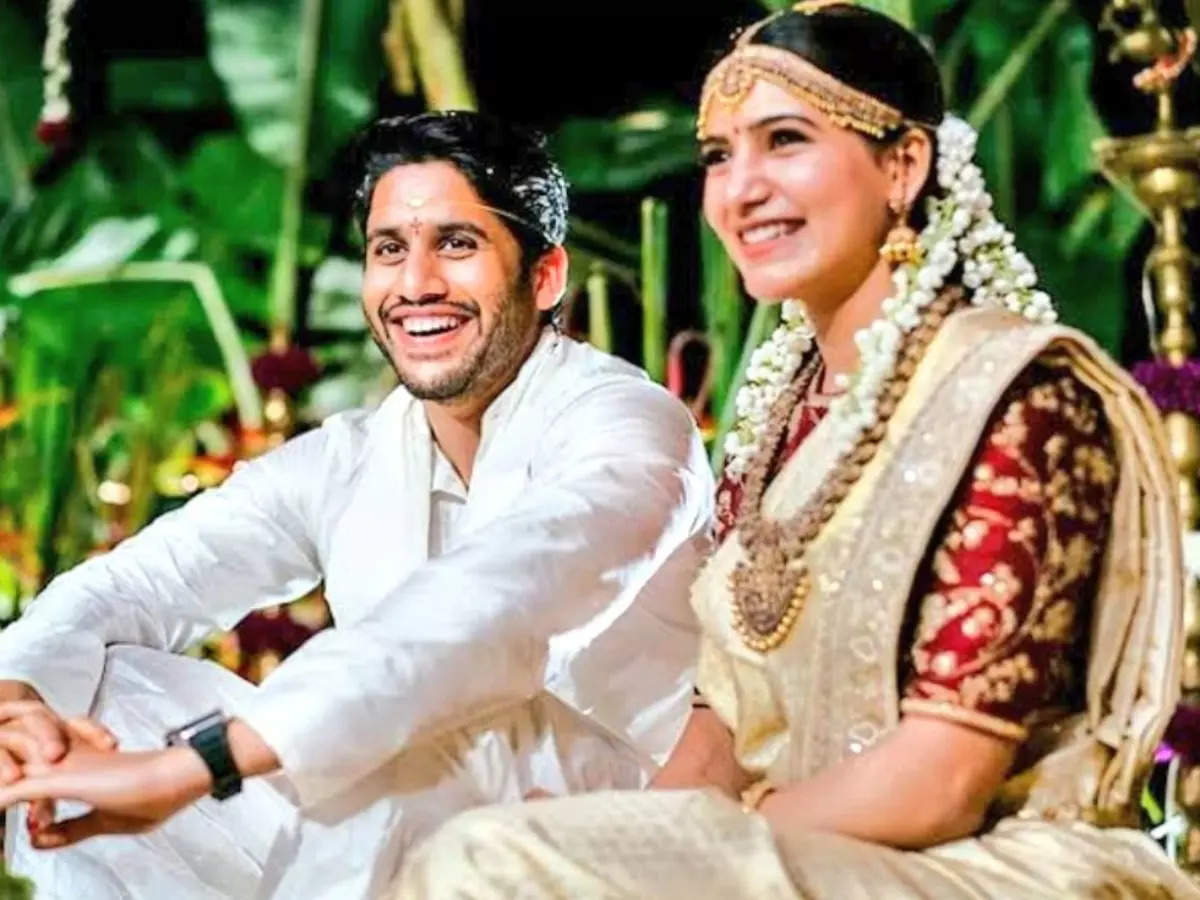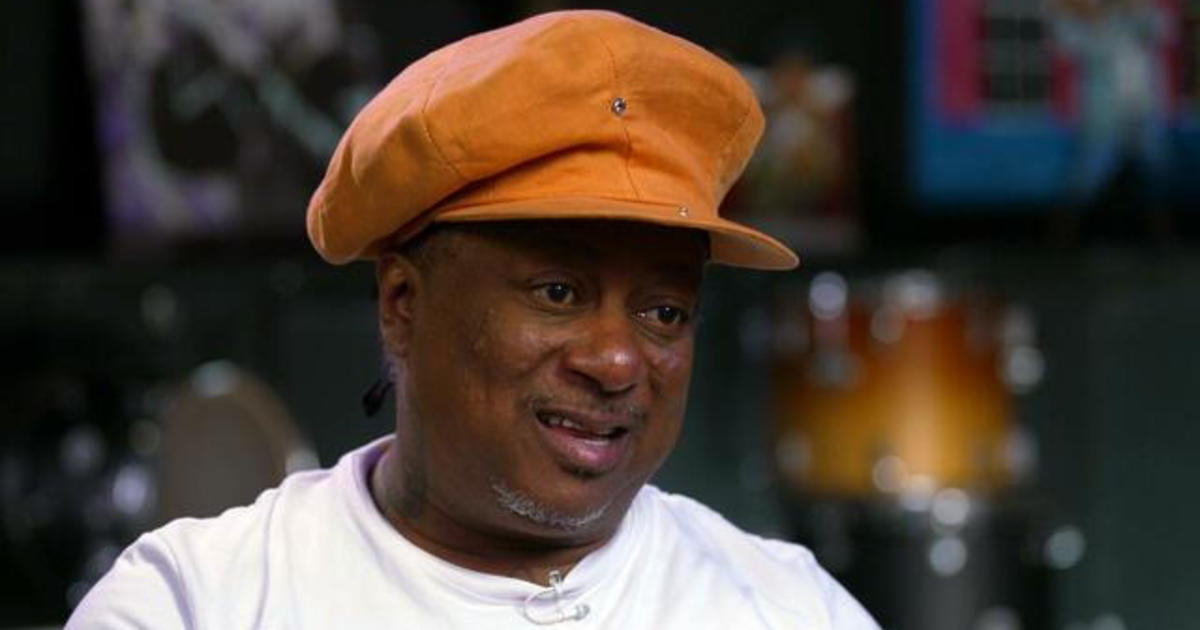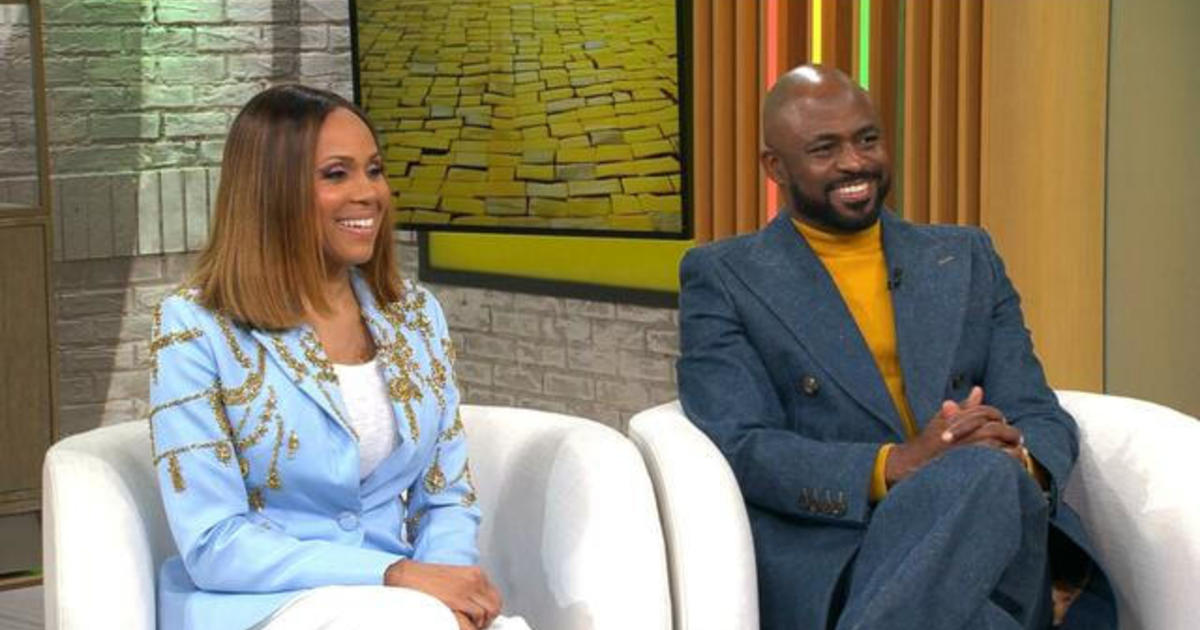In fact, the priest is largely fictional, and the photos are entirely so — invented for this film by Icelandic writer-director Hlynur Palmason and his collaborators. But the photographs, or at least the idea of them, do seem to have shaped the movie. It’s majestically pictorial, and rather static.
There are stunning images of waterfalls and volcanoes, and time-lapse sequences that convey how the changing seasons transform Iceland and its inhabitants, both living and dead. These metamorphoses are far more compelling and convincing than the psychological evolution of the story’s central character.
Opening in Denmark, the film introduces us to Lucas (Elliott Crosset Hove): a Lutheran priest whose superior wants to send him to Iceland — a Danish territory at the time of this tale — to build and preside over a modest village church there, warning him that the country is very different from the one he knows. Lucas seems to understand this.
After a choppy voyage that begins to shake his certainty, Lucas arrives on the craggy island, where he’s to be accompanied by a group of men, led by the rough-mannered but highly skilled Ragnar (Ingvar Sigurdsson). Ragnar speaks only Icelandic, which baffles and sometimes exasperates the priest. (The film’s bilingual credits present its title in both Danish and Icelandic. It doesn’t mean “Godland,” but something close to “Wretched Land.”)
Lucas’s arrogance is exemplified by his insistence on transporting a big box camera and its gear, as well as a large cross meant for the new church. Tellingly, the cross is the first of the two pieces of oversized baggage to be abandoned.
The journey is arduous, although Lucas’s difficulties might be as much emotional as physical. He becomes deathly ill from what appears to be primarily an existential funk. But the expedition does eventually reach the village, where the film’s second half takes place.
Initially, life is more comfortable there. Lucas regains his health, and construction of the church — led by Ragnar — proceeds on schedule. Lucas befriends the high-spirited Ida (played by Ida Mekkin Hlynsdottir, the director’s daughter) and inches toward romance with the girl’s older sister, Anna (Vic Carmen Sonne).
The sisters’ stern father, Carl (Jacob Hauberg Lohmann), doesn’t approve of Lucas. Ragnar also doesn’t much like him. Yet when these hostilities explode into violence, the developments are unconvincing. While the movie’s visuals ably conjure the natural world, its plot is often artificial and contrived.
One reason the story fails to persuade is that Lucas’s character never comes into focus. He could be seen as a cautionary example of religious dogmatism, except that he doesn’t appear especially devout. If asked about God, he can mouth the proper words but delivers them without ardor. When Lucas’s actions offend the people around him, the priest’s motivation seems to be sheer willfulness, not spiritual conviction.
Beautifully shot by Swedish cinematographer Maria von Hausswolff, “Godland” conveys the sweep of what one character calls Iceland’s terrible beauty, even though the images are framed within almost-square boxes with rounded corners to evoke 19th-century photography. To illustrate the severity of the terrain, Von Hausswolff and editor Julius Krebs Damsbo skillfully juggle mucky close-ups and wide shots in which the characters nearly vanish into the landscape.
Equally impressive is a soundtrack that mixes ambient sounds, folk songs, choral anthems, accordion jigs, and Taiwanese Canadian composer Alex Zhang Hungtai’s droning, thumping, slightly discordant score. The music energizes this often slow-moving film, even if it isn’t potent enough to bring its protagonist to life. Lucas’s bulky camera has, in its way, as much personality as its owner.
Unrated. At the AFI Silver Theatre. Contains violence and a shadowy glimpse of male nudity. In Danish and Icelandic with subtitles. 143 minutes.








